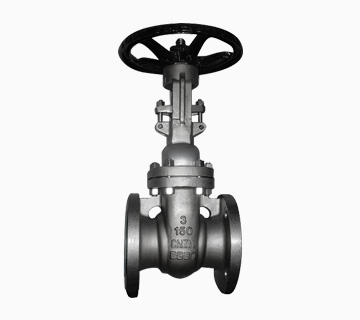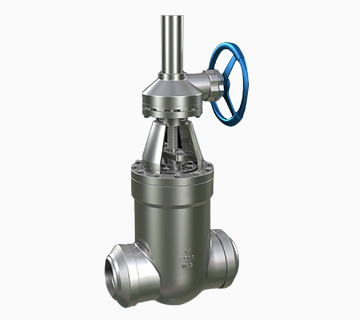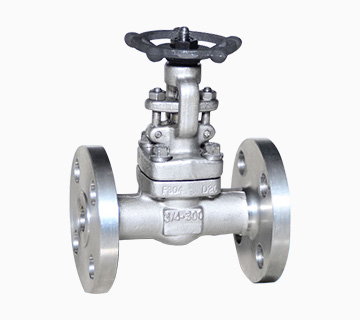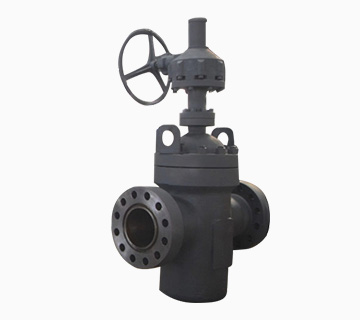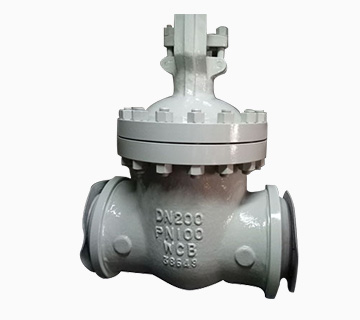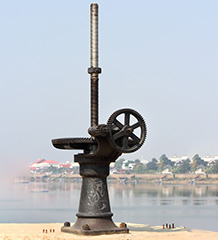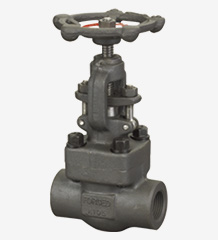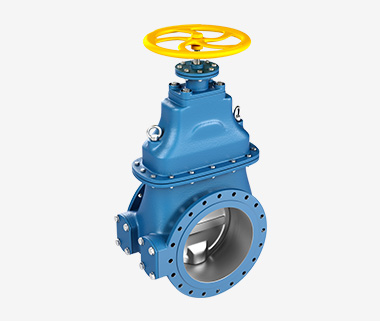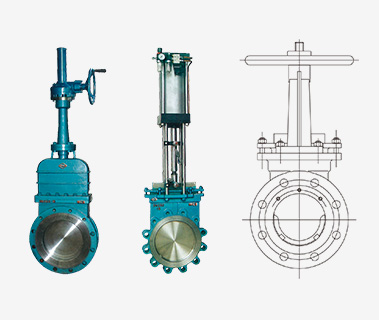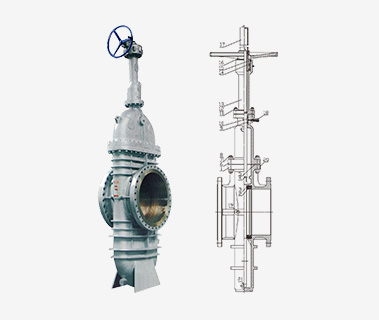Gate Valve Manufacturer
Home » Gate Valve
Gate Valve
REQUEST A QUOTE FOR MORE DETAILS
All You Need To Know About Gate Valves
Gate valves have a shut on/off mechanism. There is an internal gate device that goes up, allowing media flow and goes down to close the valve. One distinguishing feature of the gate-valve is its straight passageway that reduces pressure loss and allows easy cleaning. There is also less leakage as media flow is slower.
This article discusses what makes the gate valve the right valve for certain applications. We’ll guide you through components, the various types, the pros and cons, as well as the things you should consider when buying it.
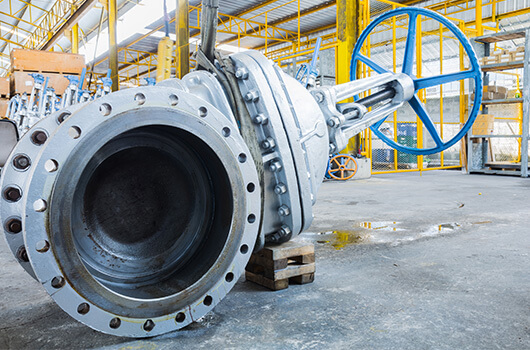
What Are Gate Valves Used For?
Industrial applications such as power generation, mining and chemical industries use this valves. What makes this useful is that the design limits flow obstruction. Additionally, there is also a minimal pressure drop. This valves are also used when there is a need to regulate pressure or relieve pressure from the pipes.
Gate Valve Manufacturing Parts
Body
The body of the valve contains all the necessary parts for it to function. The most common materials used for the body are forged steel and cast steel.
Seat
Seats are responsible for valve gate movement. It can also help further sealing of the flow media. For gate valves, there are two seats, depending on the type of gate. For the wedge-shaped valve, for example, the seats on both sides of the valve gate.
Gate
Regardless of its design, the gate acts as the primary sealing for gate valves.
Stem
The stem is as important as the valve. The combination of the spinning of the stem and the handles raises and lowers the gate.
Bonnet
The bonnet acts as protection and seal to some parts of the gate valve.
Actuator
Actuators are only present in manually operated gate valves. It includes the hand wheel in where the actual turning to open or close the valve.
How Do Gate Valves Work?
The mechanism of the valve works primarily like this. The rotation of the gate valve hand wheel also rotates the valve stem. This, in turn, moves the gate device upwards or downwards via the threads attached to the gate.
In comparison to ball valves, gate valves would take many turns to fully open. This valve is not for throttling or control because partial opening causes damage to the gate and seat wear. Furthermore, partial valve closure creates vibrations. As a result, these vibrations cause wear and tear to the gate device.
Why Choose Gate Valves?
Easy To Maintain
Repair and cleaning are easier because of bolts, nuts, and screws. Consequently, it makes removal from the pipeline easier.
Larger Size Availability
There are 3” valve diameters in the market. Since most clients are from industrial applications, larger sizes are almost always used.
Applicable For Thicker Media
This valves are more flexible since its gate movement is either up or down, there is no obstruction in the fluid or gas flow, therefore ensuring less friction.
Cost-Effective
It lasts longer. There is lesser chance of replacement when the valve is at regular service. In addition, bolts make checkups and maintenance easier as mentioned above.
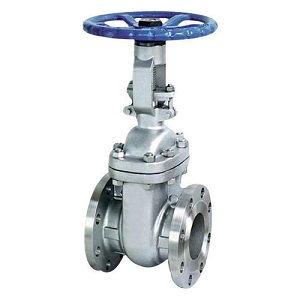
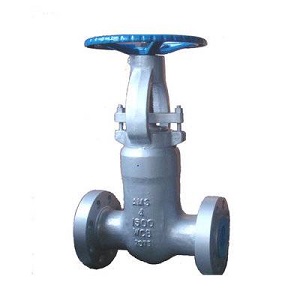
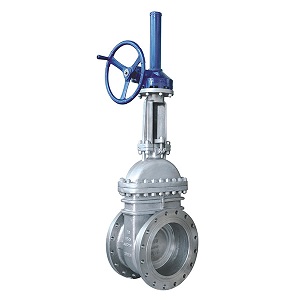
Considerations When Buying Gate Valves
Several factors such as valve functions, specific valve uses, and
the types of compatible applications are just a few of the buyer
considerations.
#1 Where will it be used?
By knowing the application of the valve, you narrow in the exact type of valve to use. Is it going to limit the flow of media? Is it going to regulate the amount of liquid or gas that passes through the valve?
#2 What type of media is going to pass through the valve?
Certain valves are more suitable for high pressure or temperature. Others are better off in lower pressure. Is the media liquid or gas? Is it corrosive? Is it pure gas, liquid or a mixture? Each valve is different and each is designed very specifically. Following the media suitability enables the valve to last longer.
#3 What is the size of the valve needed?
The valves come in different sizes. Knowing the right valve size prevents purchasing valves that do not actually fit with the pipes. Factors such as media temperature, pressure, and media flow rate determine the valve size.
Taking pressure into account means reducing the chance of leakage and increasing valve efficiency. Additionally, the degree of temperature also plays a pivotal role in the right valve choice.
The temperature of the surrounding area, media and the maximum degree that the valve can take without leakages are also important.
#4 What is the preferred mode of installation?
As the topic on the mode of installation is in the later part of this guide, note that installations can be done as bolted, nutted, screwed in or welded. Each of these has its pros and cons. Because of the kind of installation, some valves are easy to clean while others need the entire valve replacement.
#5 What material to use?
Pressure affects the material used in this valves. At XHVAL, we manufacturing and offer two material options:
Cast Steel
This is the most common material used in large pipes suitable for oil and natural gas drilling and piping. As such, valve diameter can range from 2 inches to as wide as 80 inches. Cast steel valves are under API 600 and API 603.
Forged Steel
This type of valve is more common for pipes that need less than 2-inch diameter. Specifications include API 603 and BS 5352.
Gate Valve Types By Gate Design
Wedge-Shaped Type
The gate is wedge-shaped. Aside from the gate, the two seats in an inclined position also assist in creating a fluid seal. High-temperature applications are not suitable because the inclined seats and the gate tend to bind together. This, therefore, makes it difficult to open the valve.
Knife Type
This is a special kind of parallel gate that is used for thick fluid or solids. Instead of a flat gate, knife gate valves have knife-like looking gates.
Parallel Slide Type
This type has seats in a parallel position. The combination of the linear media flow motion, flat design, and parallel seats create a tight seal. Therefore, it is suitable for high-temperature applications.
Slab Type
Also known as through-conduit gate valve, the common use is the transport of natural gas and crude oil. This is made up of a hole with two seat rings aligned when it is open. The design of this valve allows pressure loss to be minimal.
Types By Stem Design
Classification of the stem depends on the threaded end.
Rising Type
The gate and stem are attached. Moreover, the threads located on the actuation side lowers and raises the stem. Because of the design, this is more suitable for manual movement.
Non-Rising Type
Often used in underground applications, non-rising stems have the actuator threaded to the gate.
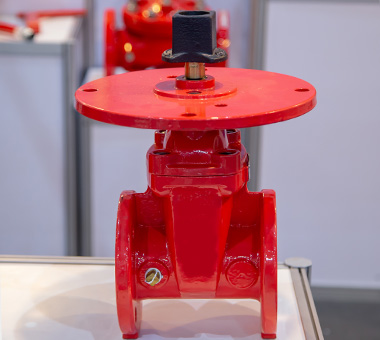
Types By Seat Design
Valve seat types are classified according to the material used and the amount of pressure the seat can withstand.
Resilient Seated Type
Resilient seated gates are made of high-grade rubber. It has a simple valve bottom that allows the impurities to pass through. For this reason, the rubber seats would trap the impurities until the next opening of the valve.
Metal Seated Type
For metal seated valves to have complete closure, there should be a depression at the bottom of the valve. However, media with impurities remain in the depression. Thereby, it reduces the sealing capability of the metal valve. In cases such as this, proper cleaning and maintenance every now and then are advisable. Metal seats are commonly used for high pressure and temperature media.
Gate Valve Types By Bonnet Design
Either bolts or screws connect the bonnet to the other valve
parts. This makes it easy to disassemble for maintenance,
cleaning, and repairs.
Screw-In Bonnet Type
As its name connotes, screws attach the bonnet to the valve. Gate valve manufacturers use this in small valves. This is the simplest yet durable leakage seal.
Union Bonnet Type
Union bonnets use a union nut to provide a leak-proof seal to the valve. This is commonly used in applications where there is frequent maintenance because bolt does not deteriorate over time regardless of the frequency of the bonnet removal.
Bolted Bonnet Type
Most commonly found among large valves and those that handle high pressure.
Pressure Seal Bonnet Type
For applications that have more than 15MPa, pressure bonnets are suitable because these utilize internal pressure for the seal. When there is increasing internal pressure, a cup facing downward pushes against the bonnet, increasing sealing.
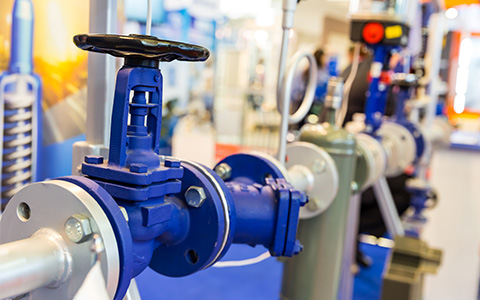
Gate Valve vs. Ball Valve
While these two are part of the turn of/turn on classification, there are a few differences in the design of the two. Ball valves have balls that turn a quarter so the media can flow. On the other hand, gate valves, through the turning of the hand wheel, lifted or push the gate devices vertically. Due to the gate design, there are lesser chances of leakage for the gate valve than the ball valve.
Request A free quote
Or contact us to see our certificates
We'd like to work with you
- +86 577 5768 9696
- [email protected]

